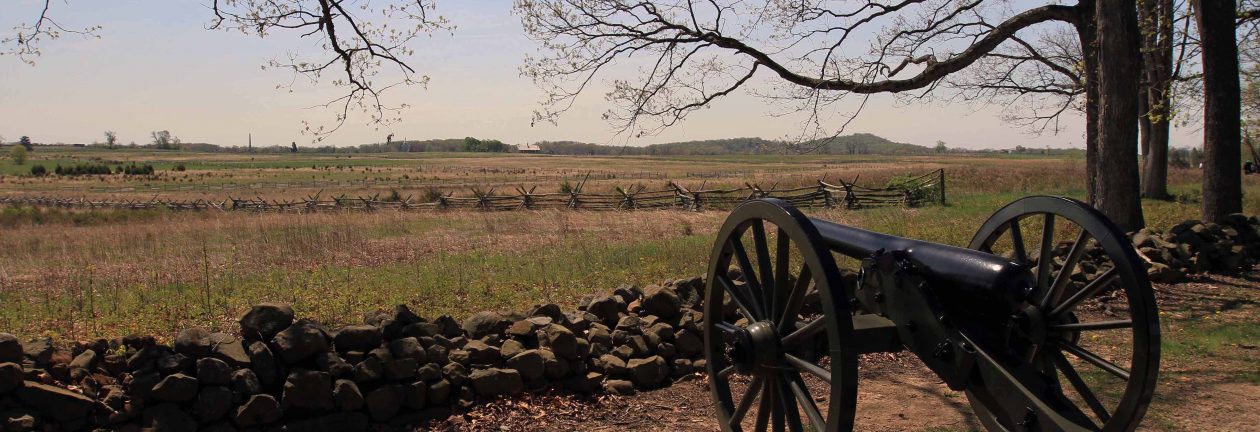Zanzibar, Tanzania
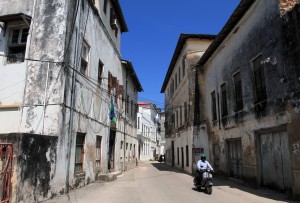
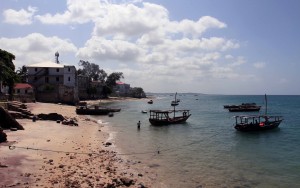
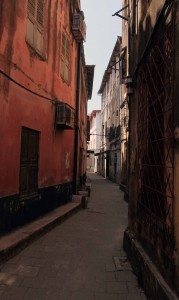
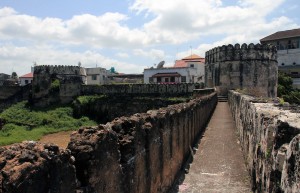
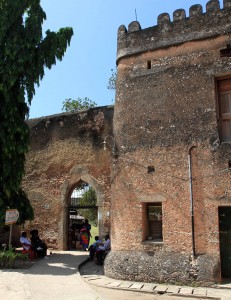
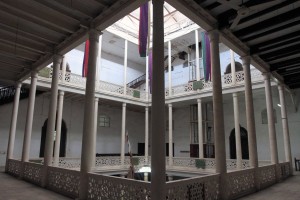

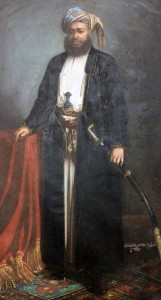
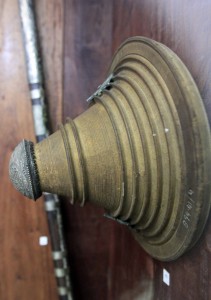
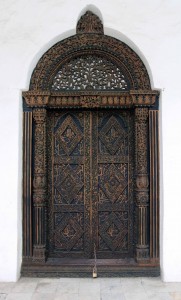
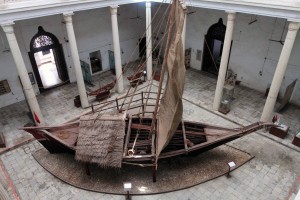
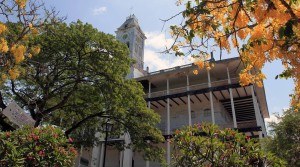
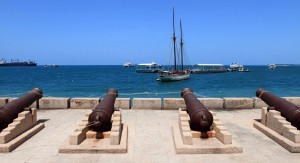
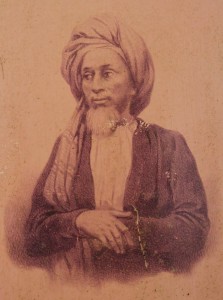
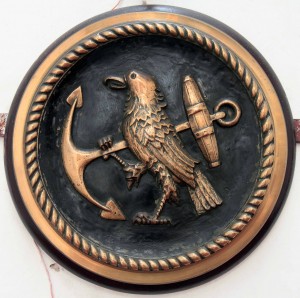
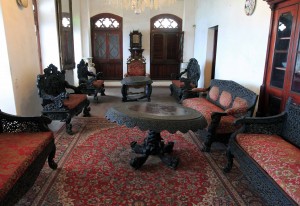
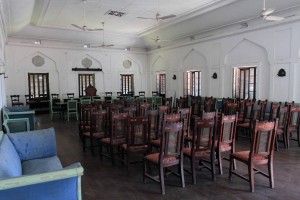
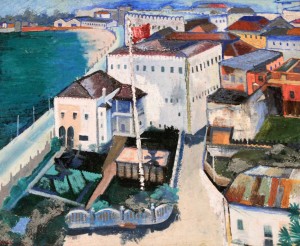
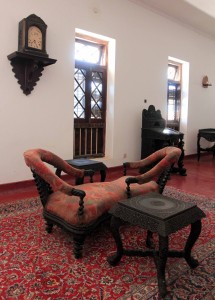
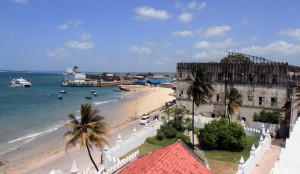
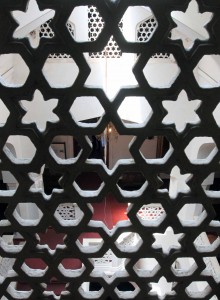
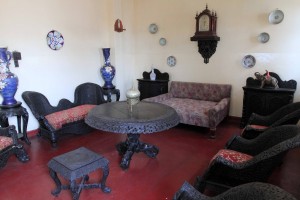
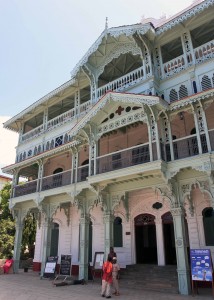
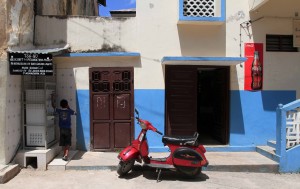
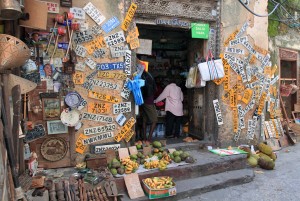
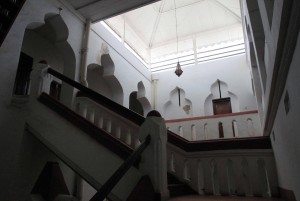
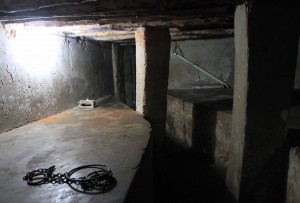
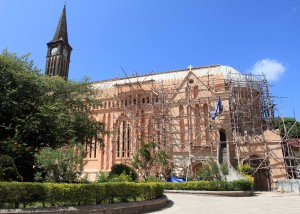
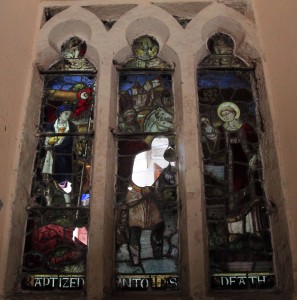
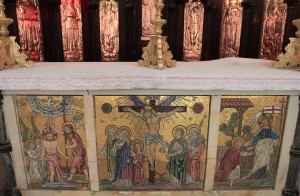
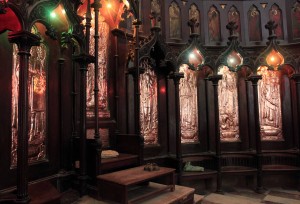
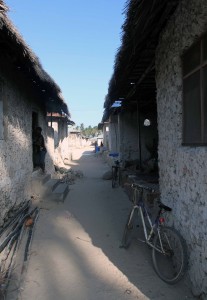
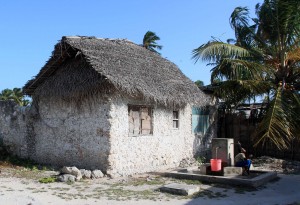
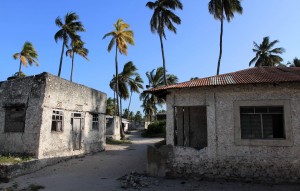
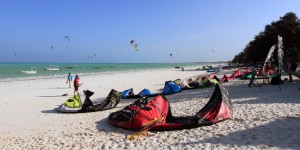
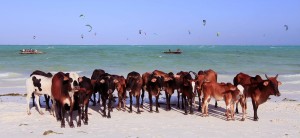
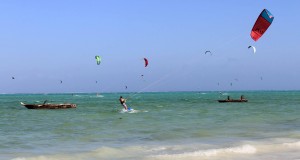
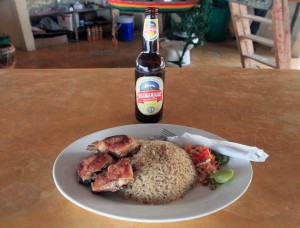
I managed ro get up at 07:30 today, showered, dressed, enjoyed breakfast (spinach omelet, chapati bread, banana, pineapple, orange juice, and coffee . . . again), and then catch a dala-dala in to Stone Town. I made it in to town at about 10:40, and promptly began to explore the place. I walked from the dala-dala stop near the market, down south, turning on to Kwawa (Vuga) Road, and then heading west to the beach. I then followed the shore, alternating between walking along tide barriers and in the street; I passed by the old German and British consulate buildings before finally reaching the Old Fort (also known as the “Arab Fort”), which was built by Omani Arabs after expelling the Portuguese in 1699 AD; the fort was used as a garrison and prison in the nineteenth-century and as a terminal for the Zanzibar Railways in the twentieth century; it is now used as a place for locals to sell souvenirs at high prices to ignorant tourists. I entered in to the fort, passing by several hawkers, and then entered in to the main grounds, where a number of souvenir stalls were set up; I explored what remained of the fort before exiting the way I had come and then walking over to the adjacent House of Wonders (“Beit al-Ajaib”), a tall, three-storey building that was built in 1883 as a ceremonial palace by Sultan Seyyid Barghash bin Said (sultan of Zanzibar from 1870-1888); it was designed by a Scottish marine engineer in Tropical Victorian-Industrial style with external verandas supported by castiron columns surrounding the outside; the ceremonial palace has thirteen Indian-inspired carved doors and was one of the first buildings in East Africa to have electricity, tap water, and a lift. The House of Wonders is now host to the National Museum of Zanzibar. I entered in to the museum and toured the various exhibits on the history and culture of the island; the museum had a number of interesting artifacts (such as Dr, Livingstone’s medicine chest) and a large dhow in the center of the building; I was actually more impressed with the building itself than anything of historical importance displayed inside; each level had tall ceilings, beautifully crafted doors (some with Islamic calligraphy), tall columns, and a grand staircase – it must have made a fine ceremonial palace. After touring the House of Wonders, I then walked through the Forodhani Gardens before entering in to the actual former palace – now, also, a museum. I paid the entrance fee and then explored each level, with their various rooms. The Palace Museum had a number of artifacts to help illustrate Zanzibar’s history, specifically in regards to the governing sultans, but most of the former palace was set up with each room as it was in history: the State room, Baraza hall, water closet, old bedroom, sitting room, dining room, etc. – the only thing that was missing were the sultan’s slaves and concubines. After touring the palace, I then returned under the sun and walked toward the ferry terminal, to the Old Dispensary, which was built as a hospital in honor of Queen Victoria’s Golden Jubilee; later it was acquired by Haji Nasser and set up as a dispensary; it was a unique looking building and worth visiting, but not much to see inside. Next I walked through the maze-like alleyways and streets through the heart of Stone Town (something I tried my best to capture accurately with my camera, but failed) to the Anglican Christ Church Cathedral, built in 1874 by Bishop Edward Steere on the exact location of the former slave market (the altar sits directly above where the former whipping post was located); after paying the entrance fee, I first went inside a building on the site that has two cellars that were used to store the slaves before putting them up for auction (both rooms would’ve been crammed with chained human beings in unsanitary conditions and it is wretched just trying to imagine going through that experience); then I walked past a monument built in remembrance of the victims of slavery before entering the cathedral itself, which had an unique nave, with lovely copper reliefs. After visiting the former slave market and cathedral, I then walked back to an area I had passed by earlier to see two sites I missed: Freddy Mercury’s old house (which was unmarked) and Tipu Tip’s house (an infamous Arab slave trader; unfortunately, his house was being renovated and I could not go inside). I then walked back to the dala-dala stop (grabbing some more cash on the way at an ATM) and took one to Kwerekwe before taking another to Paje. After the ninety minute journey to the east coast of Zanzibar, I got off the dala-dala at Paje and walked through the limestone buildings (this time with my camera) taking many pictures before reaching the beach; at the beach, I watched the kite surfers (trying to capture some of their airborne moves with my pathetic lens) and was amused to see a small herd of cattle soaking up the sun right by the water; I also, kept my camera pointed toward the sand most of the time to reassure any scantily-clad female bathers that I was not there for them. I walked on the beach, heading north to the hostel, before coming upon a bar where I decided to have dinner (Swahili spicy rice with chicken and beer – the meal looked plain, but was really well-done and tasty); I then walked back to the hostel where I hung around for some time at the bar with my laptop, trying to research Mount Kilimanjaro climbing tour companies and Serengeti safaris; after the bar shut down, I put my valuables away and walked to the nearby night club to enjoy a night cap; this time I was the only foreigner there (the South African architect was already asleep, so it was just me) and I watched a few games of pool, tried to have a conversation with a severely drunk man, and did my best to comfort a dog amongst the loud noise and crowds (petting and scratching her); sadly, the severely drunk man approached the dog, grabbed her hind leg, and jerked his hand up, causing the poor animal to yelp and run off in pain (perhaps it would’ve been best for me not to show the dog any love, then she would know to just stay away from people altogether); the two men playing pool immediately interrupted their game and yelled and chastised the drunkard for his behavior and soon the bouncer came up and kicked the drunkard out; at this point I was disgusted, quickly finished my beer in silence while the pool game concluded, and soon left back to the hostel where I could lay down in my bed, close my eyes, and shut out the world.
